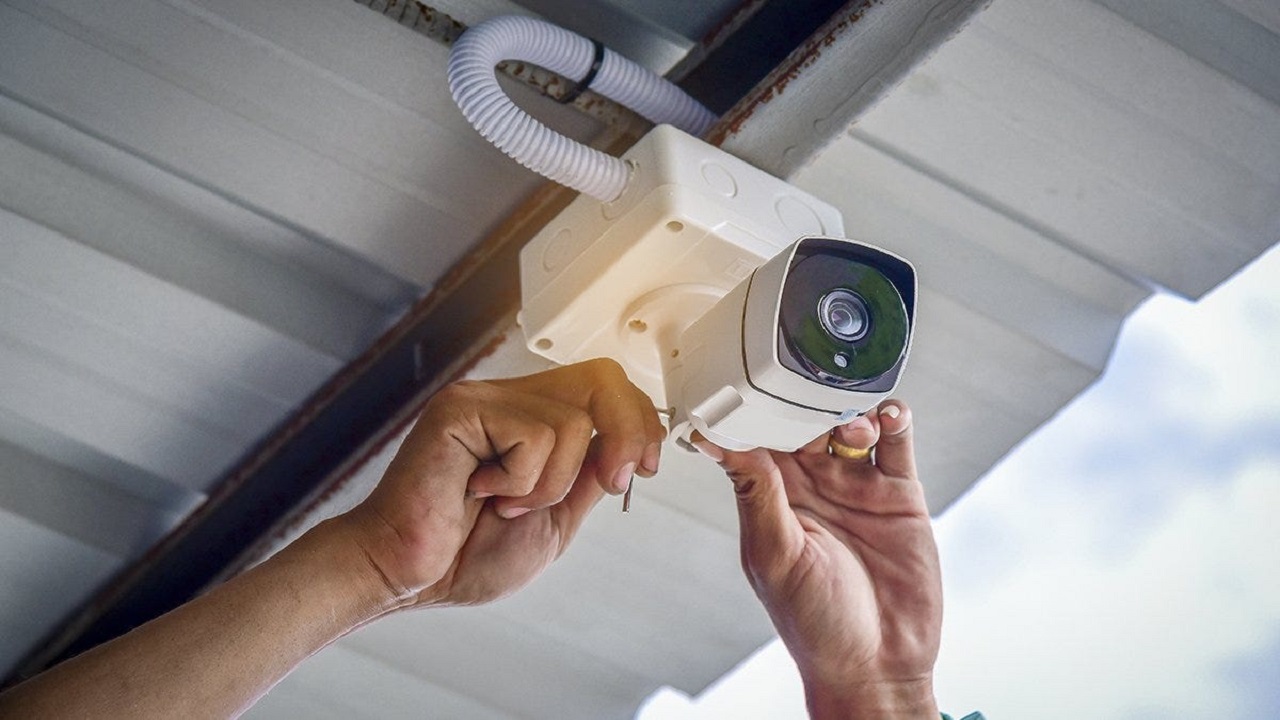In the digital era, when security is the key, historic zones are confronted with peculiar challenges of preserving their architectural legacy being the modern threats. Surveillance cameras have jumped up to the role of guardians of historical treasures, not just from vandalism and theft but also from the erosion of time itself. To explore more about these security cameras, visit aosulife.com.
The Significance of Architectural Heritage:
Historic districts are not a simple group of buildings; rather, they are the repositories of cultural identity and pass the historical tales. Every structure is evidence of the progress of humanity, expressing integral values, aspirations, and triumphs of former ages. This is the prime reason for preserving this architectural heritage, which helps us to understand the past and shapes our future.
Challenges to Preservation:
Although historic buildings are a potent antidote in themselves, they are still prone to vandalism, theft, and unauthorized alterations. Also, environmental degradation, natural disasters, and urban development are the sources of threats that are considered significant to their integrity. Without proper protection, these unique and irreplaceable works of art may be erased from the face of the earth due to irreversible damage or destruction.
The Role of Surveillance Cameras:
Through the use of security cameras as quiet guardians, these historical districts have stayed under constant surveillance to prevent any possible threats. Through live monitoring and evidence gathering, they enhanced security and provided authorities with the means to react quickly to situations. Not only do they provide a barrier, but their mere presence can be enough to dissuade vandals and criminals from targeting fragile heritage sites.
Balancing Preservation and Privacy:
Surveillance cameras are surely a must-have technique for the protection of architectural heritage, but their usage should be handled with caution when it comes to confidentiality issues. Attention should be paid to protocols for data collection and storage, as well as access to the public in the historic districts to preserve the rights of the residents and visitors. The need to assure transparency and community engagement in dealing with people's fear of surveillance is a crucial step toward building trust and commitment.
Harnessing Technology for Conservation:
Technological progress in surveillance systems, including high-definition cameras, motion sensors, and remote monitoring, enables the use of a new level of security for art historical landmarks. The algorithms of machine learning can process video surveillance and find risks or unusual movements, which in turn helps boost the effectiveness of security measures.
Conclusion:
The contemporary world is characterized by fast urbanization and advanced technology; therefore, architectural heritage preservation is crucial now. Under the surveillance of the cameras, historic districts are guarded, and therefore, these material ties to the past are kept there for generations to come. People will be able to view and value them. Through the adoption of innovation that respects privacy rights, we will find a way forward toward a more secure and sustainable future for our architectural heritage sites.

